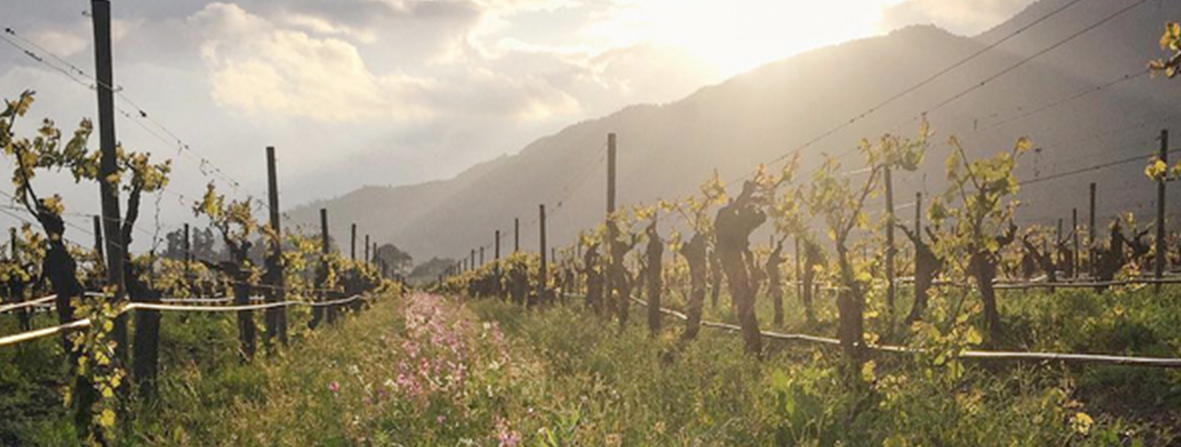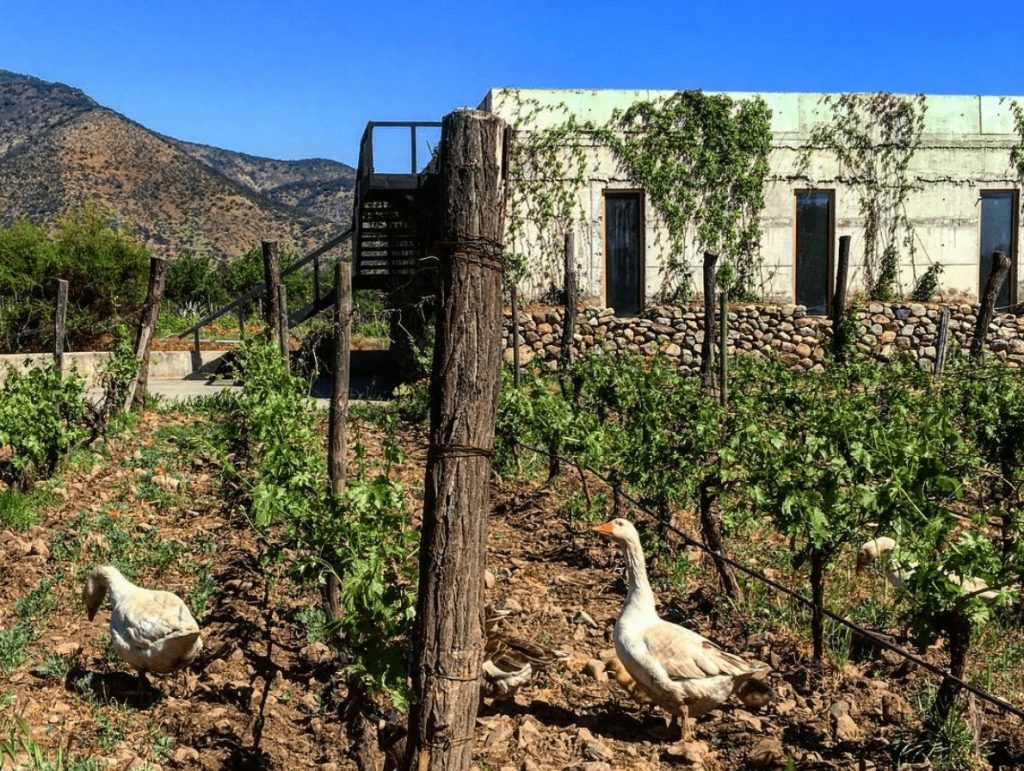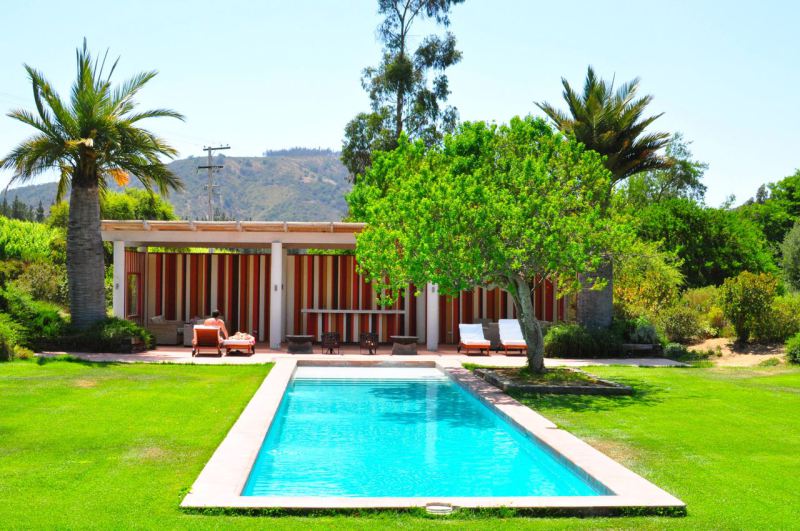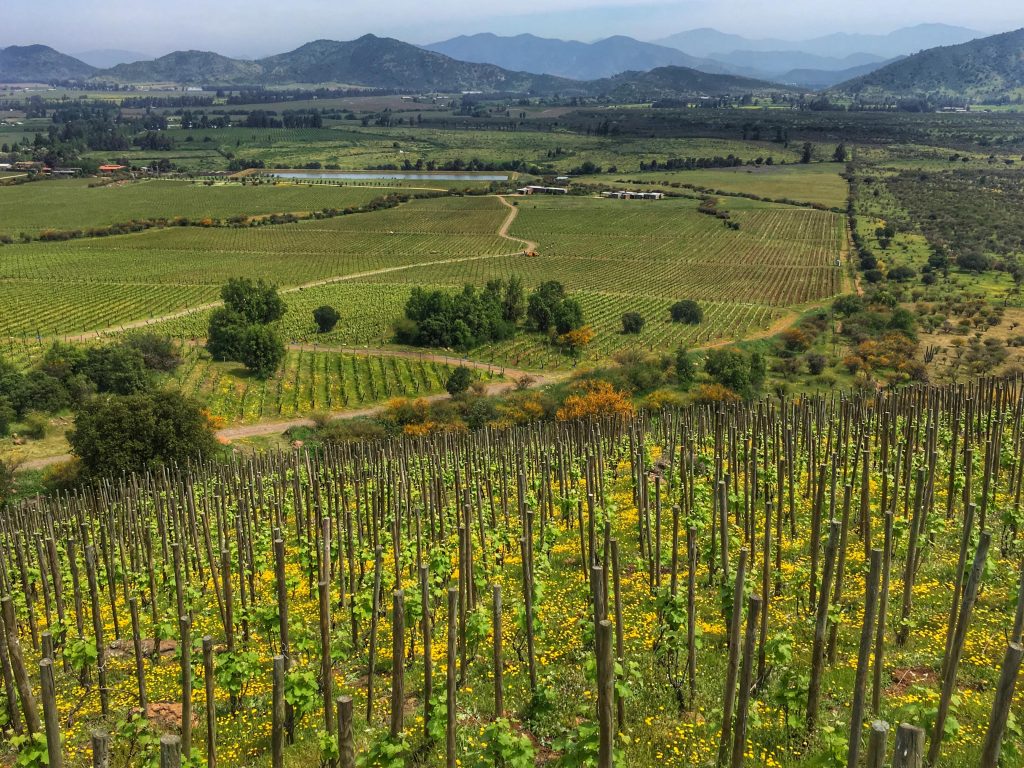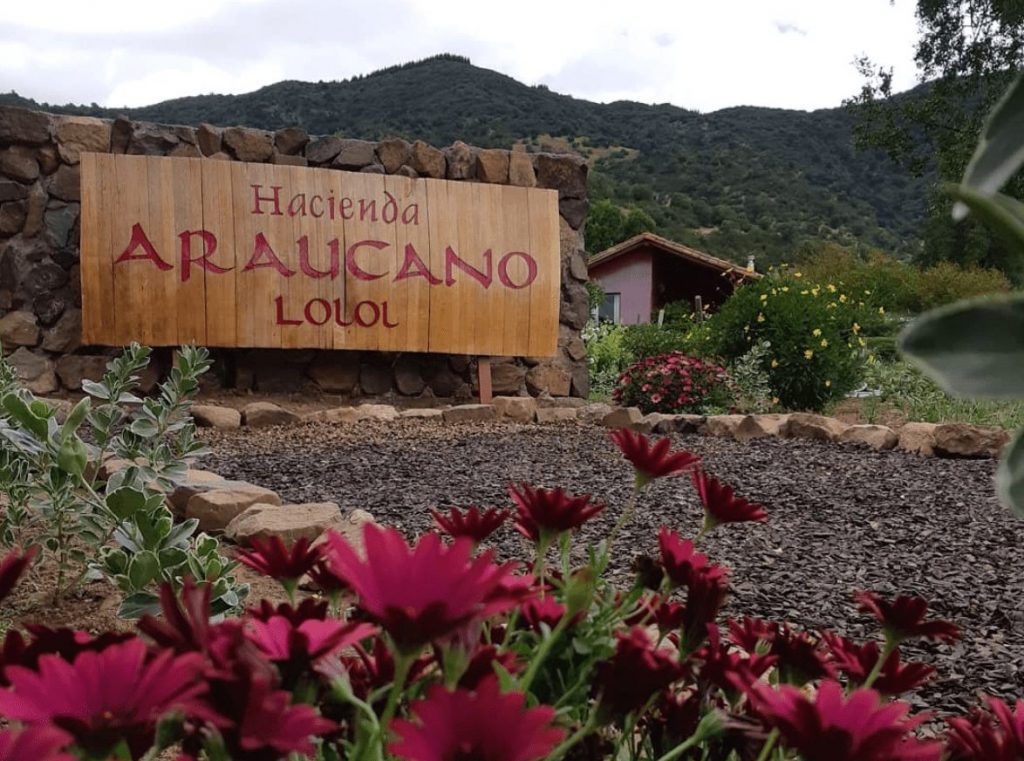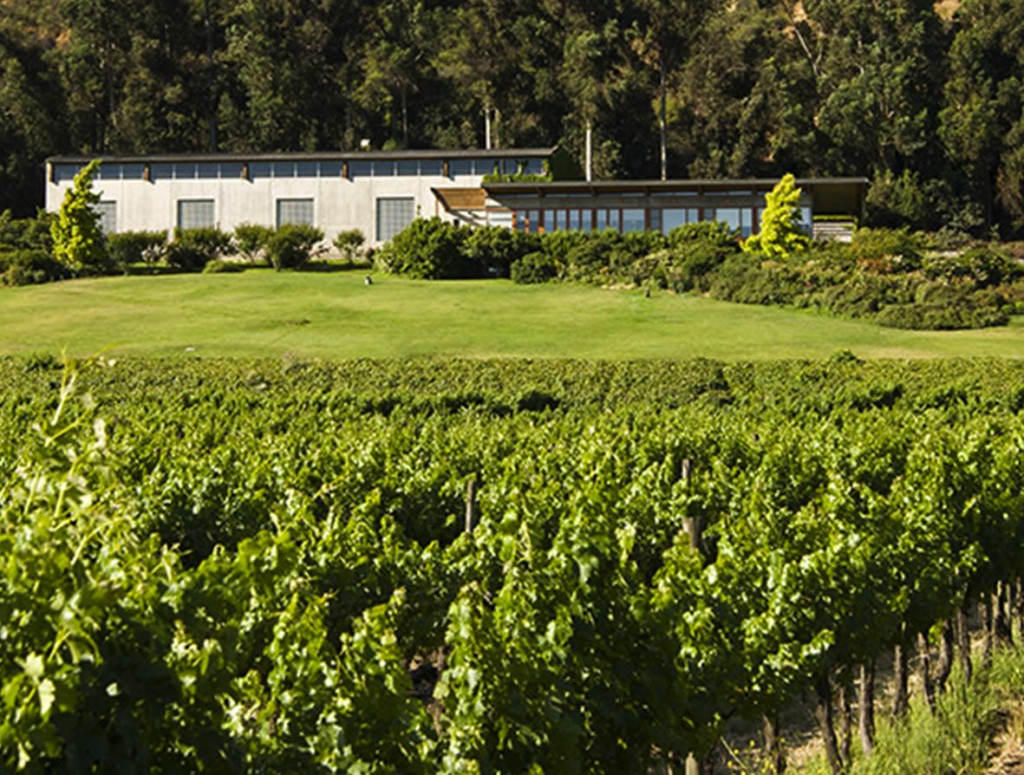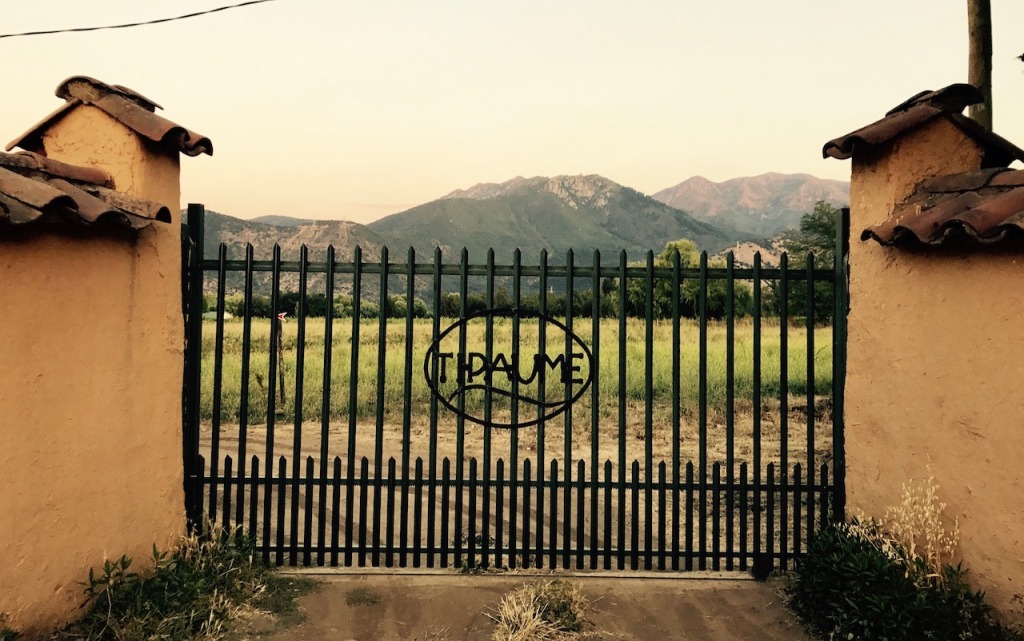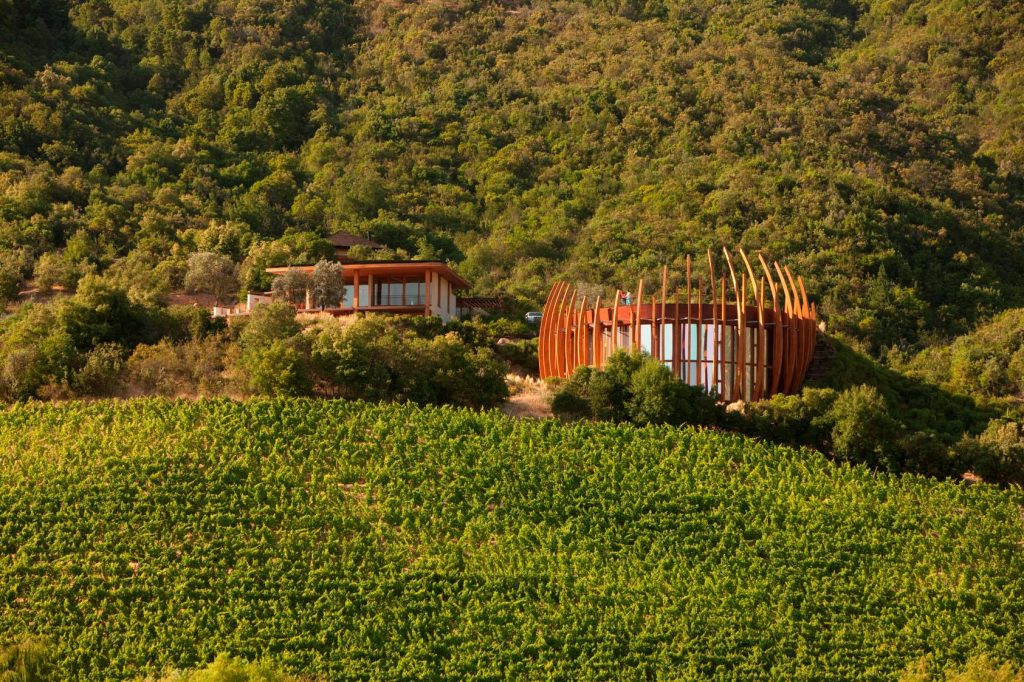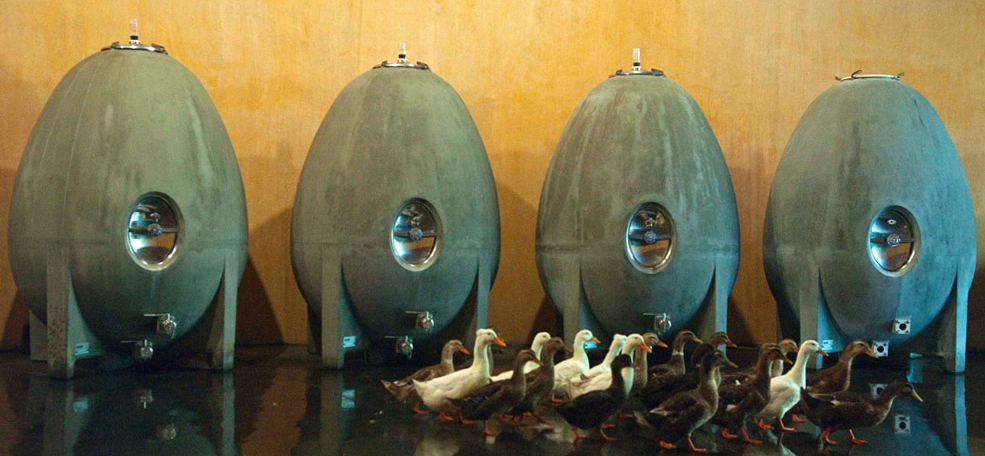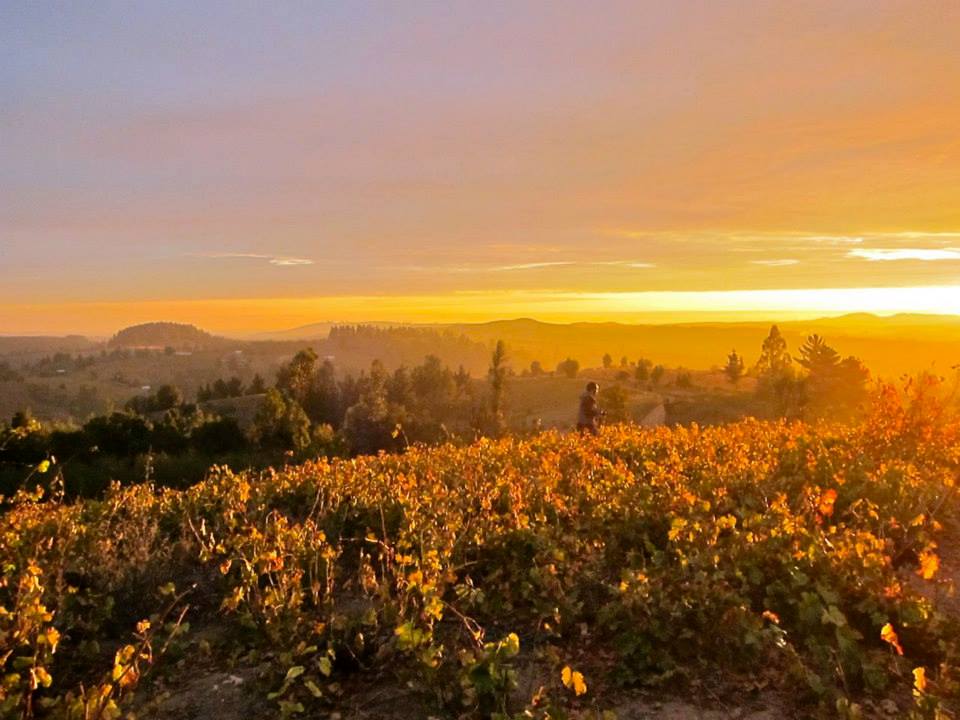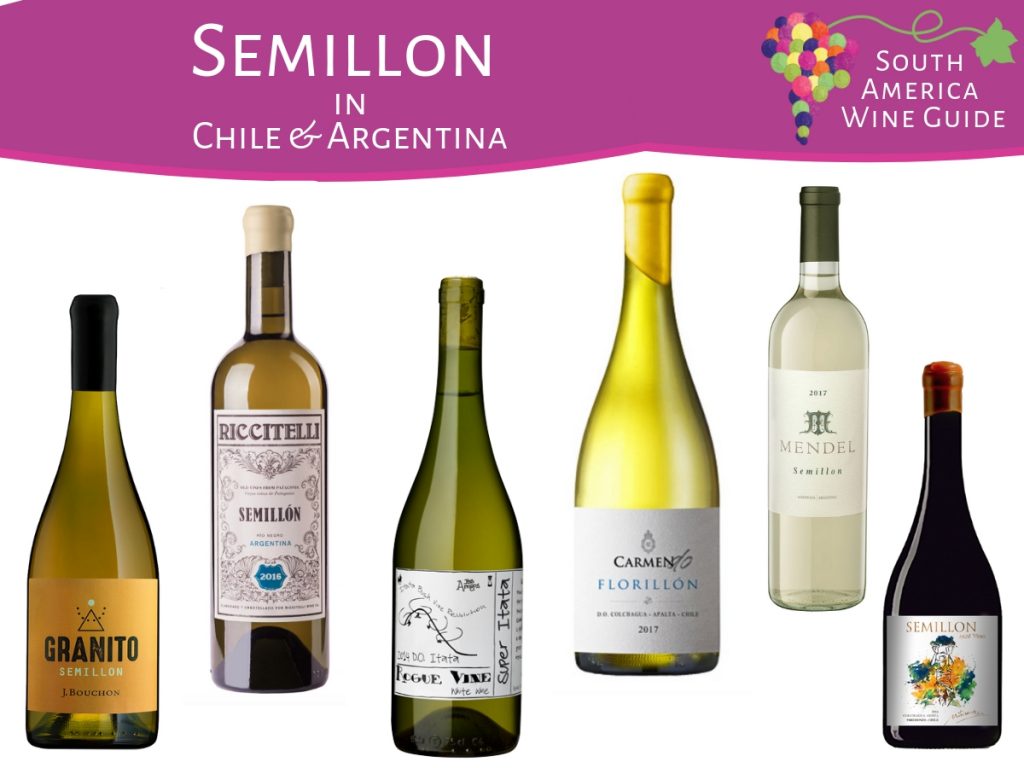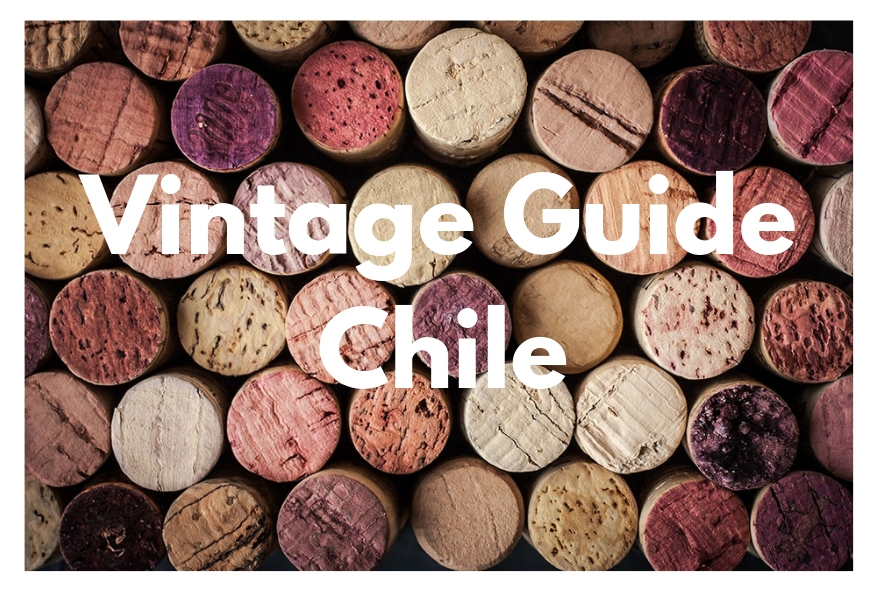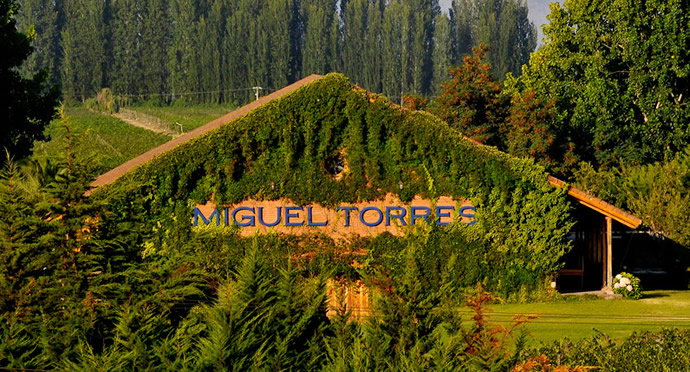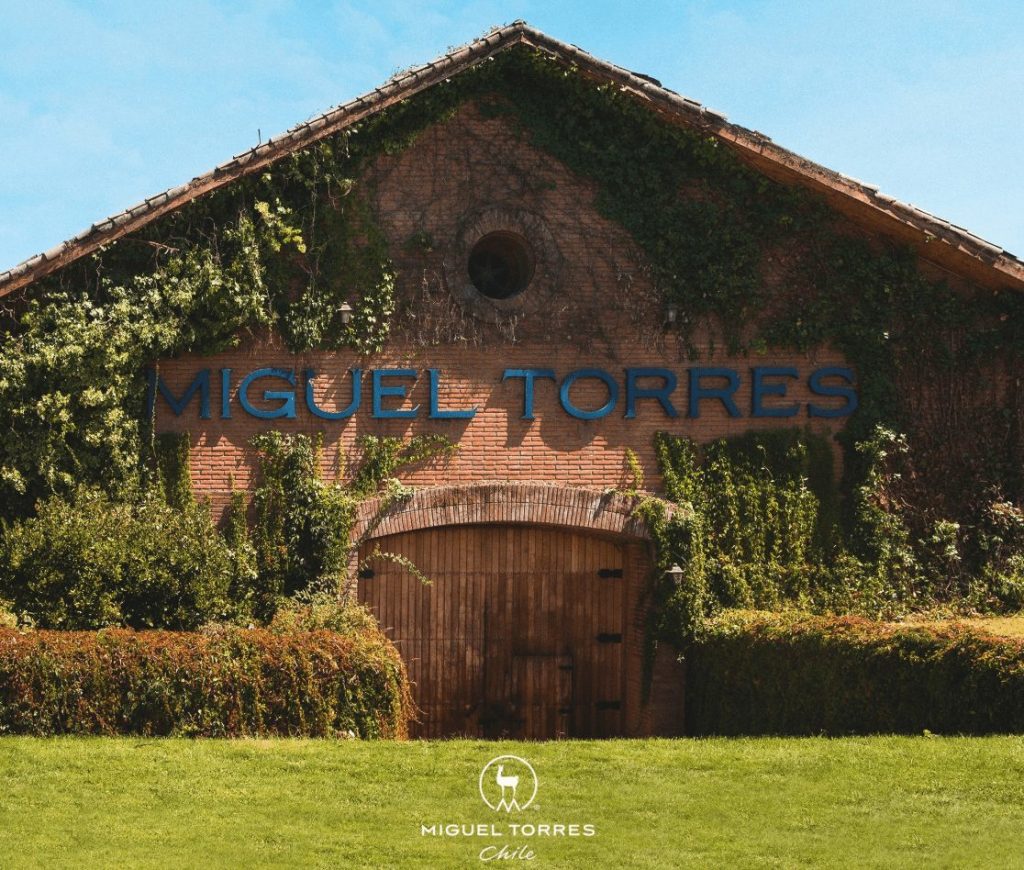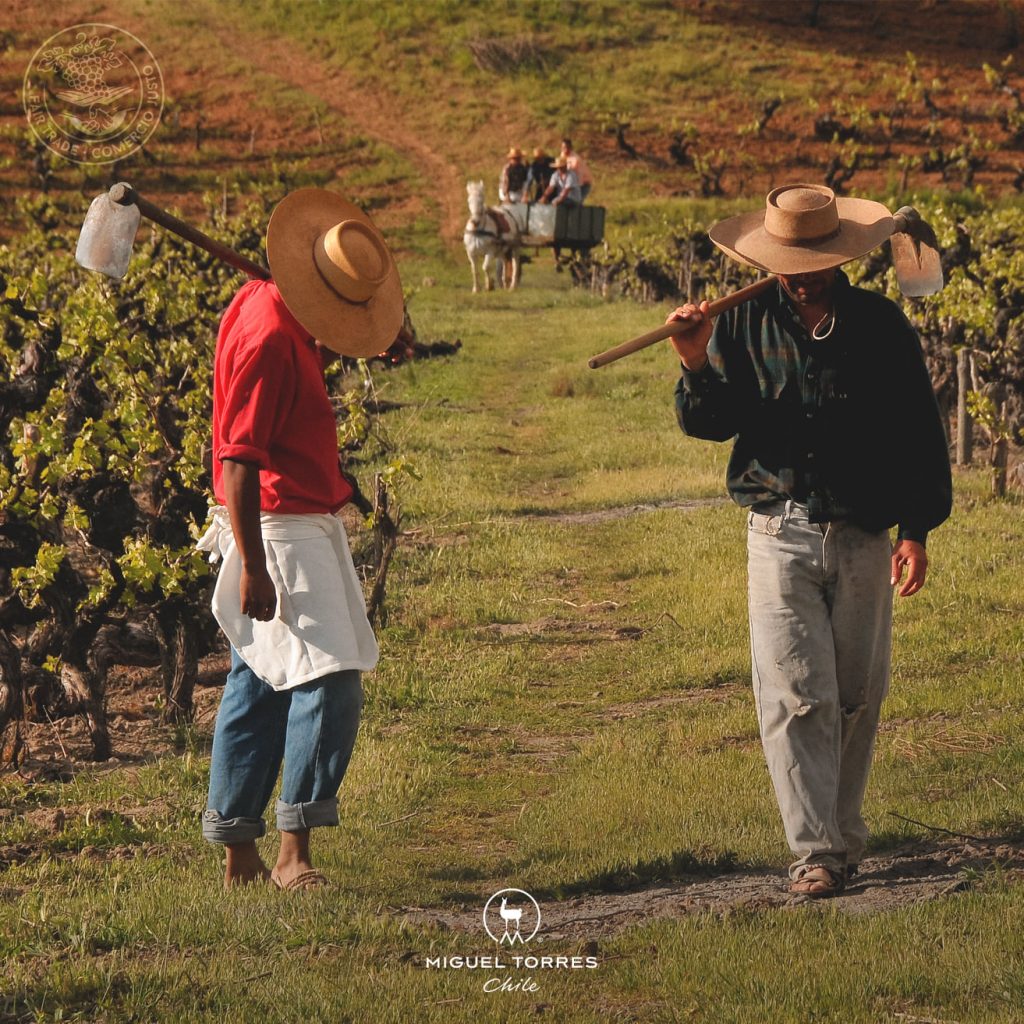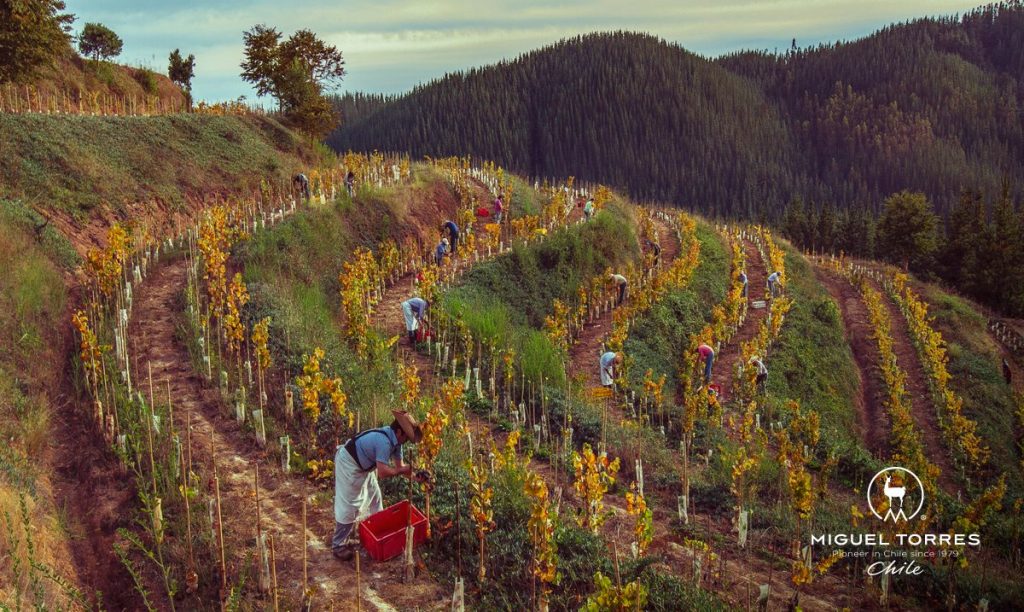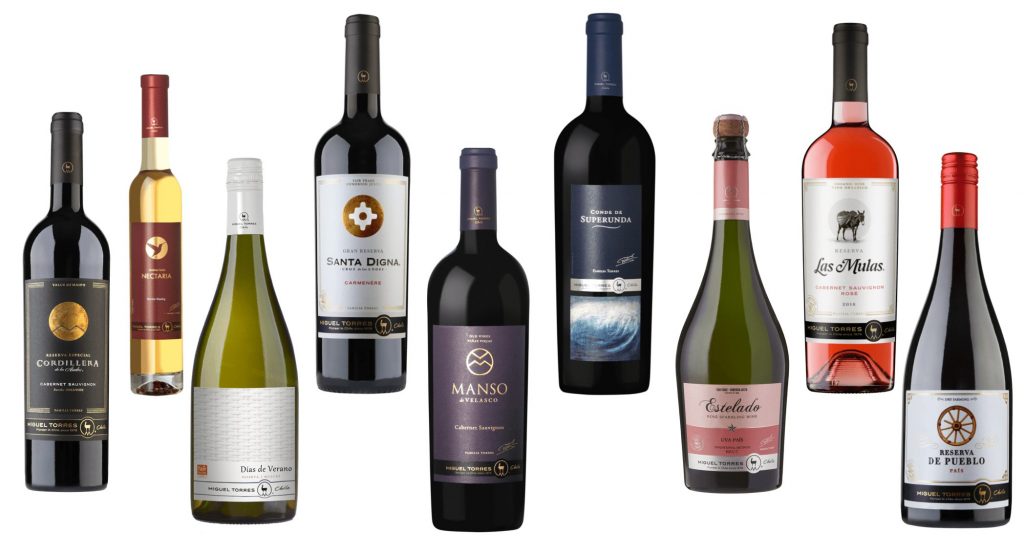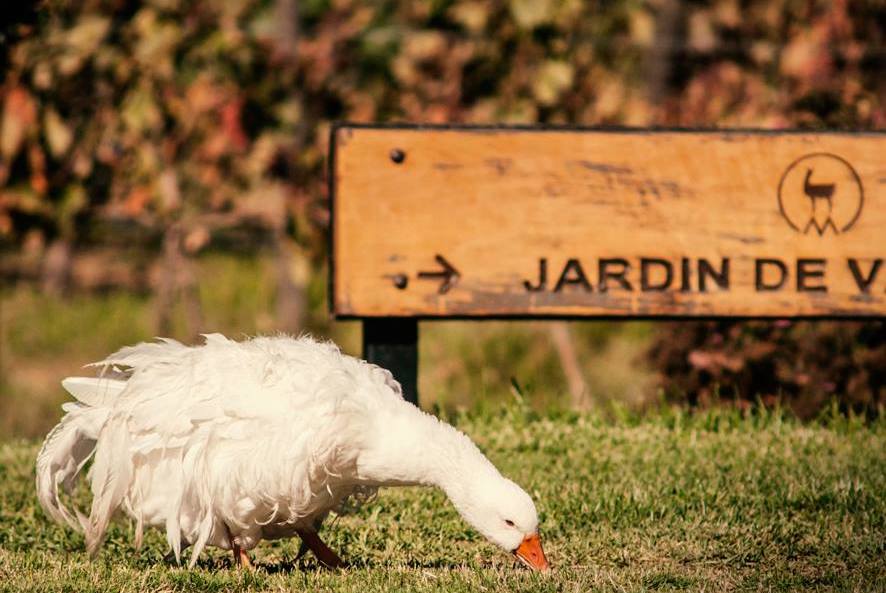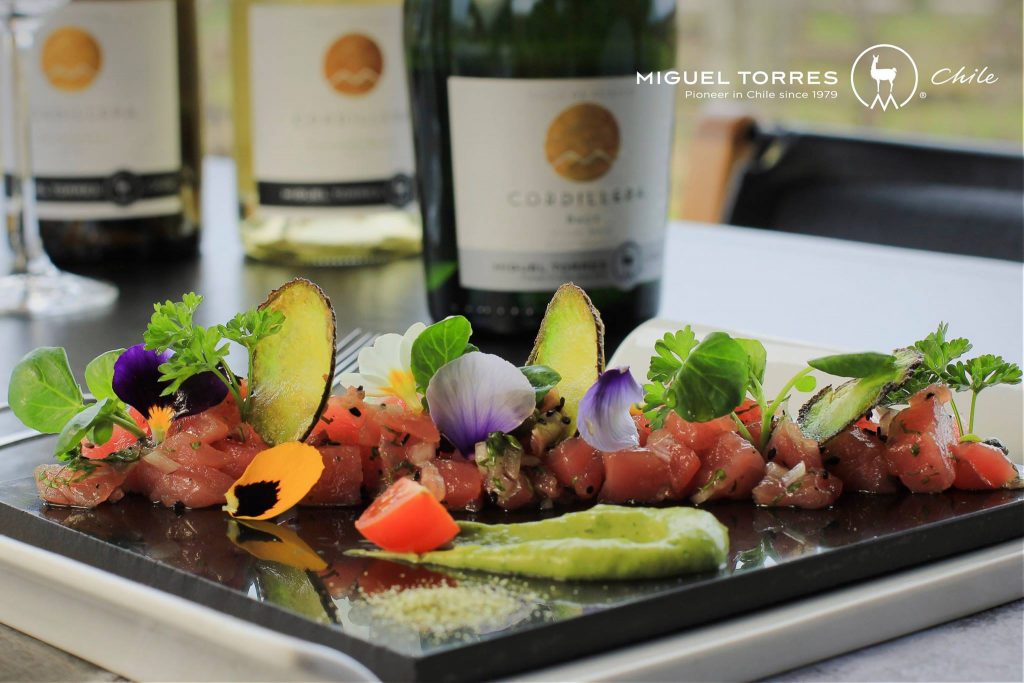"chile"
With racy, complex and distinct white wines coming from both Chile and Argentina, Semillon is one of the most exciting white wine categories in South America today. Winemakers are putting a focus on making South American Semillon a cornerstone of their vinous identity, but its promising future is quite a different story to its long and widespread history.
The history of Semillon wines in the southern cone
The history of this noble French variety, of course, starts in Bordeaux, where the variety originates, and both dry styles and also the lusciously sweet noble rot wines (of Sauternes and neighbouring regions) are made. French Semillon still dominates global production (claiming almost three-quarters of the world’s production) but New World wine regions in Australia, South Africa and the US also make up some impressive numbers. In South America too, Semillon plantings are numerous however there are far fewer than there were half a century ago.
Arriving in the late 19th century to South American shores, Semillon was planted with gusto in by Francophile wine producers in Chile and Argentina during the mid-20th century. This was the period in which producers were intent on emulating Bordeaux and plantings of other Bordeaux varieties were on the rise as well.
Semillon in Chile
By the 1950s, Semillon made up almost a third of Chile’s vineyard plantings – totalling over 35,000 hectares. Chilean Semillon was one of the most important wine varieties in the country’s history, contending only with País and Cabernet Sauvignon for a similar hectarage. Its reign as Chile’s most important white wine variety didn’t last though.
Towards the end of the 20th century, a tidal wave of Chilean Sauvignon Blanc washed over the country to become the most planted white variety. While Chilean Sauvignon Blanc may be ubiquitous on the wine shelf, plantings — some 15,000 hectares — are still less than half of Semillon plantings at their peak. It has, however, been a sharp downturn for Semillon in Chile and just 950 hectares of Semillon remain. While that number is nothing to be sniffed at, it is the age of these vines (30+ years old) that is exciting winemakers most.
Semillon in Argentina
It’s a similar, although slightly smaller, story in Argentina. There was a great trend for white wine production in the 1970s and plantations of Semillon swept across the country. Semillon become the second most planted white variety within a few short years. At its peak, there were over 5,500 hectares planted however they were largely used for light, easy-drinking jug wines and blends.
As red wine production boomed (Argentina jumped on the Malbec wagon at the turn of the century), Semillon was replaced by other varieties. Today just 750 hectares remain, although – as in Chile – these vines are usually old, with salivating stories to tell.
The Semillon revolution in Chile and Argentina
The statistics might lead you to believe that Chilean Semillon and Argentine Semillon are a downward trend, but I feel it is quite the opposite phenomena occurring today. Whereas historically Semillon was used for cheaper table wines and blends, today’s Semillon wines are strictly premium – and offer some of the most exciting white wines on the continent.
As a variety that retains a punchy acidity, it does well in the sunny climates of Argentina and Chile (where acids in other white varieties drop all too easily in a heatwave). While freshness is almost a given with good vineyard management and attentive harvest timing, what’s compelling about the old vine Semillon coming from Chile and Argentina is the fullness and weight on the palate. The other champion white wines of South America, Torrontés in Argentina and Sauvignon Blanc in Chile, are usually wonderfully aromatic but can be a bit inconsequential in the finish. Whereas the Semillon wines being made could even be seen as the opposite – the focus is much more about the mouthfeel.
The problem Semillon had during its wide dispersion across Chile and Argentina in the 50s and 70s is that it was ahead of its time. White wines weren’t a forte for winemakers in Chile or Argentina in this period and the wines often ended up oxidised, flabby and over-mature. White winemaking in South America is a different story today.
Winemaking technology and expertise have enabled winemakers to make quality Semillon wines that retain their vibrancy and freshness. And, more importantly in my view, there’s a winemaking sensitivity that is driving the Semillon revolution. Rather than making squeaky clean, simple white wines, the tendency is towards fuller, more complex wines that display the character of old vine Semillon.
There’s a tendency towards using longer skin contact, neutral oak barrels and native ferments for Semillon wines in Chile and Argentina. This lends them further to more intricate expressions, and that’s what makes South American Semillon great food wines – or thinking wines. Wines you could even have after dinner, rather than before.
Finally, it seems, the time is right for Semillon in South America.
Semillon wines to try from South America
Top Chilean Semillon wines & producers to try
- Florillón & Quejada 1, Carmen (Colchagua)
- Granito & Las Mercedes, Bouchon Family Wines (Maule)
- Vinos Frios del Ano, JA Jofre (Curicó)
- Trisquel, Aresti (Curicó)
- Rogue Vine (blend, Itata)
- El Perla, Bisogno (Maule)
- Semillon 1928, Maturana (Colchagua)
- Molino del Ciego, Roberto Henriquez (Itata)
- Cuarteles Experimentales, Santa Carolina (Colchagua)
- Secano, Mora Reyes (Itata)
Read tasting notes on the Semillon sessions.
Argentine Semillon wines & producers to try
- Mendel (Mendoza)
- Matias Riccitelli (Río Negro)
- Nieto Senetiner (Mendoza)
- Marcelo Pelleriti Wines (Mendoza)
- Lagarde (Mendoza)
- Finca Suarez (Mendoza)
- Lui (Mendoza)
- Ricardo Santos (Mendoza)
- Via Revolucionaria / Passionate Wines (Mendoza)
- Finca La Anita (Mendoza)
- El Relator, sparkling (Mendoza)
- Marcelo Miras (Río Negro)
- Humberto Canale (Río Negro)
PS. A note to any grammarphiles out there: Semillon is often written without an accent in the southern cone and internationally. In France the accent is above the e (Sémillon), a spelling sometimes adopted in Chile. In Argentina, the accent is more commonly placed over the o (Semillón). I’ve adopted the accent-less spelling. Please don’t take offence.
Main image taken by Kendall Johnson of Rogue Vine winemaker Leo Erazo among old vines in Itata.
Chile Vintage Guide
The ultimate vintage guide for Chile: Chile harvest reports from 1996 to 2022
What’s in a vintage? Quite a lot actually. In our Chile vintage guide we don’t just look at the country overall but try to take different regions individually. Chile is an expansive and diverse wine country and so one Chile vintage chart or score doesn’t work across the board. Each region and variety varies in each vintage which is why we don’t rate vintages with points or scores. Winemakers and viticulturalists also manage the vintage accordingly – a bad vintage per se can still produce an excellent wine, depending on the vineyard management.
Our Chilean vintage guide takes into account winemaker interviews from the major winemaking regions of Chile to give you a complete understanding of what to expect from the different harvest reports in Chile.
Miguel Torres Chile
Miguel Torres Chile winery is based in the heart of Curicó, a region which the Spanish vigneron came to in 1979. The Miguel Torres winery has been revolutionary in Chile for many reasons. Bringing the first stainless steel tanks with temperature control and the first French barrels to Chile in the 80s, it was ahead of its time then and continues to innovate today. In particular, Miguel Torres Chile has helped lead the renaissance of Chile’s ancient País variety.
About Miguel Torres Chile winery
Miguel Torres Chile is the Chilean arm of the family-owned Spanish winery Miguel Torres, who were among the first foreign wineries to set up a base here, back in 1979. It has always been seen as a pioneer in Chile, first by bringing modern winemaking techniques to the country and, more recently, by exploring old vines in long-neglected areas of the centre-south area, like Maule and Itata, and also by pushing back the viticultural frontiers even further south into Patagonia.
Miguel Torres Chile is based in Curicó, although it has vineyards in other regions and also buys in grapes from growers in several regions. The company’s own vineyards are certified organic and the company also holds Fair for Life certification and has a policy of maintaining good, long-term relationships with its grape suppliers. Miguel Torres Maczassek, the fifth-generation vigneron of the Torres family, is the company president in Chile.
About the vineyards: Miguel Torres
Curicó Valley
Fundo Maquehua
This was Miguel Torres Chile’s first base, where they set up in 1979 and it continues to be their centre, home to the production and bottling plants, along with their tourism services and 95 hectares of vineyards. With stony, well-drained soils and a warm climate, this site is excellent for growing red varieties, such as Cabernet Sauvignon and Merlot.
San Francisco Estate and Manso de Velasco Vineyard
This is a 50-hectare site with well-drained volcanic soil with a sandy-loam texture. Within the site is the 15-hectare Manso de Velasco vineyard with 115-year old Cabernet Sauvignon vines used to make one of their top wines, Manso de Velasco.
El Aromo
This is an 86-hectare site with volcanic and clay loam soils, and is the estate closest to the Andes, and therefore the coolest in terms of climate, making it suitable for whites. It is planted with Sauvignon Blanc, Chardonnay, Gewürztraminer, and Riesling.
Maule Valley
San Luis de Alico
This is a 40-hectare site in the San Clemente area planted with Merlot, Sauvignon Blanc, Cabernet Sauvignon, Carmenere and Viognier, all grown organically and used to make the Las Mulas line of wines.
Huerta de Maule
This is a 178-hectare estate with 2.5 hectares planted. It is in the dry lands of coastal Maule, with clay-loam soil planted with dry-farmed Carignan.
Empedrado
Fundo Empedrado
This is a 364-hectare estate near Constitución, 180 kilometres south of Curicó with very steep slopes that have been terraced, so fewer vines can be planted than would be the case on flat land. This site was chosen because it has slate soils, known as “piedra laja” in Chile and “licorella” in Catalonia. The unique feature of this kind of stone is that it allows very good drainage and, because it is black in colour, it absorbs and accumulates heat from the sun, making the mesoclimate warm. This site is planted with low-yielding, concentrated Pinot Noir.
Explore Escalera de Empedrado in Maule on this interview with winemaker Eduardo Jordan
Itata Valley
La Causa
This is a property of around 230 hectares on the banks of the River Ñuble near the city of Chillán. This is a relatively southern location and close to the Andes mountains, so the climate is cooler than Curicó or Maule. Miguel Torres Chile is focussing on red varieties here with the goal of making red wines with fresh acidity.
Coyhaique in Patagonia
Altos de Ñirehuao
Miguel Torres Chile is among the pioneer companies pushing the frontiers of Chilean winemaking further and further south with an eye to forthcoming climate change. The company now owns 740 hectares in the province of Coyhaique in Patagonia and will initially focus on wine tourism and research. In the meantime, they are also producing wine in Osorno.
About Miguel Torres wines
SANTA DIGNA & LAS MULAS
Santa Digna and Las Mulas are Miguel Torres Chile’s are everyday wines that come in a wide range of varieties. Santa Digna is a range of fair trade wines, currently in 10 different options, including an alcohol-free Sauvignon Blanc, while Las Mulas are organic red, white and rosé wines.
MIGUEL TORRES GRAN RESERVA
Miguel Torres Gran Reserva wines are one of their more traditional lines of wines, featuring reds from the Curicó Valley, all with extended French oak ageing.
DÍAS DE VERANO
Días de Verano is a dry, light fresh white wine based on Muscat grapes from the Itata Valley.
RESERVA DEL PUEBLO & ESTELADO
Miguel Torres Chile has been among the leading companies in Chile to try to rescue some of the long-maligned País vines in Maule and Itata and it has two projects based on this variety: Reserva del Pueblo is a juicy, fresh-fruit red wine made with carbonic maceration; and Estelado Blanc de Noirs and Rosé are two traditional method sparkling wines well worth trying.
CORDILLERA
Cordillera is Miguel Torres Chile’s line that features terroir-driven wines from emblematic Chilean wine regions, currently comprising Syrah from Elqui, Chardonnay from Limarí, Cabernet Sauvignon from Maipo, Carmenère from Cachapoal, Brut Pinot Noir from Curicó, Carignan from Maule and Sauvignon Blanc from Osorno.
Miguel Torres Chile’s three icon wines are:
CONDE DE SUPERUNDA
Conde de Superunda, a big red blend containing Tempranillo, Cabernet Sauvignon, Monastrell and Carmenère;
MANSO DE VELASCO
Manso de Velasco, an old-vine Cabernet Sauvignon from a vineyard which is over 115 years old;
ESCALERAS DE EMPEDRADO
Escaleras de Empedrado, a precise and chiselled Pinot Noir from their new Maule vineyard planted on steep schist slopes.
NECTARIA
And finally, Nectaria, is a sweet wine made with botrytised Riesling grapes.
About the winemaker, Eduardo Jordán
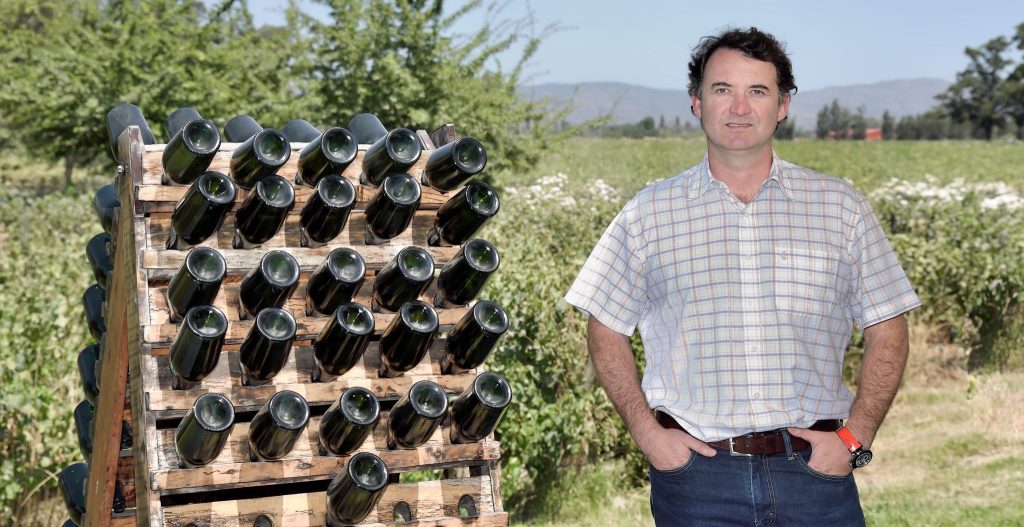 Eduardo Jordán is one of Chile’s leading winemakers and a pioneer of the contemporary fresh style of Chilean wines with a long career working with old vines and extreme regions around Chile. Having previously spent 16 years at De Martino winery in Maipo, Eduardo Jordán joined the team at Miguel Torres Chile as Technical Director in December 2018.
Eduardo Jordán is one of Chile’s leading winemakers and a pioneer of the contemporary fresh style of Chilean wines with a long career working with old vines and extreme regions around Chile. Having previously spent 16 years at De Martino winery in Maipo, Eduardo Jordán joined the team at Miguel Torres Chile as Technical Director in December 2018.
“Miguel Torres is a winery with a great tradition of important and innovative achievements for Chile,” Jordán told South America Wine Guide. “It’s important to me that Torres has always been committed to its growers, has a long-term outlook and is a family winery.”
Jordán joins a team of winemakers and agronomists at the winery in Curicó.
Visiting Miguel Torres Chile winery
Miguel Torres Chile’s main site in Curicó welcomes visitors with its popular restaurant and tasting room.
Tours and tastings at Miguel Torres Chile
There are several different tours and tastings to choose from, including bicycle tours in the vineyards, chocolate and wine pairing, and a sparkling wine discovery tour.
See their website for the full range of options: www.migueltorres.cl
Reservations can be made at +56 (75) 2 564121 or by emailing [email protected]
Curicó restaurant at Miguel Torres
Serving innovative Chilean cuisine with local ingredients, the Miguel Torres winery restaurant is one of the best dining options in Curicó and opens for lunch every day. The menu can be expertly paired with a selection of Torres wines by the in-house sommelier, or you can order a la carte. On Friday evenings, the restaurant hosts a special wine and tapas evening.
The winery restaurant is open daily for lunch from Monday through Sunday from 12.30 pm to 3.30 pm and for dinner on Fridays from 8.30 pm to 10.30 pm. To make a reservation, contact: +56 (75)2564110 or [email protected]
The wine shop is also open every day from 10 am to 6 pm.
Experiencing Miguel Torres in Santiago
Miguel Torres also has its own restaurant and wine bar in Santiago, La Bodeguita. With an excellent array of contemporary Chilean dishes and the complete Miguel Torres wine range, this is a great spot for wine tasting and dinner.
La Bodeguita also has special ‘after office’ events in the evening. For more information, visit: www.labodeguitamigueltorres.cl
Address: La Bodeguita, Alonso de Córdova Nº 4280, Vitacura
Videos on Miguel Torres Chile winery
